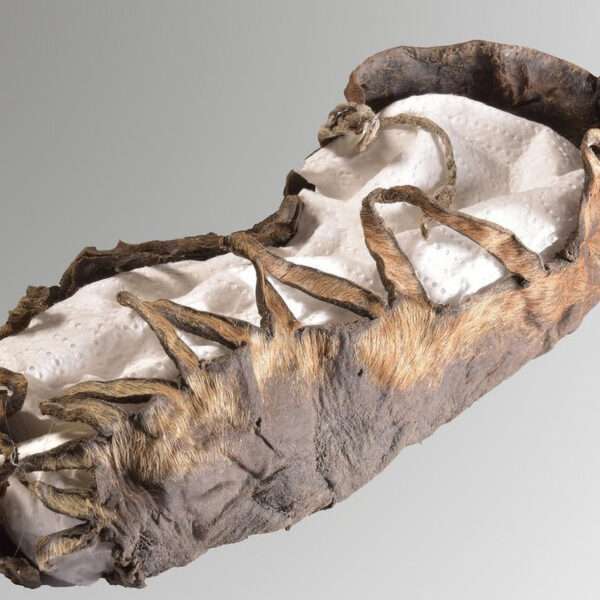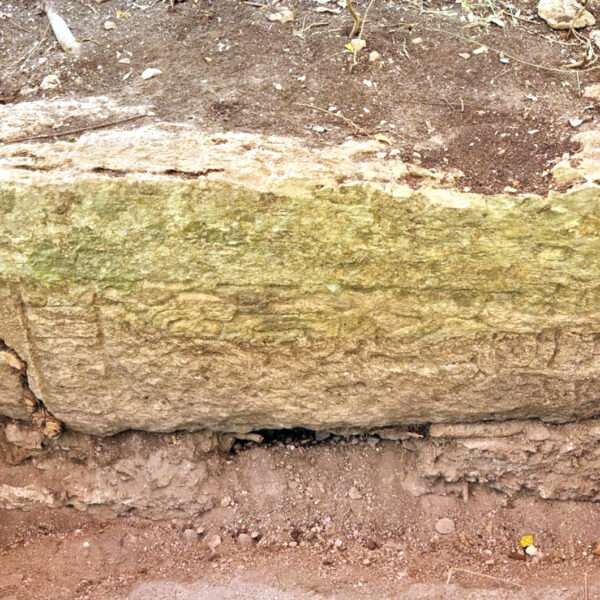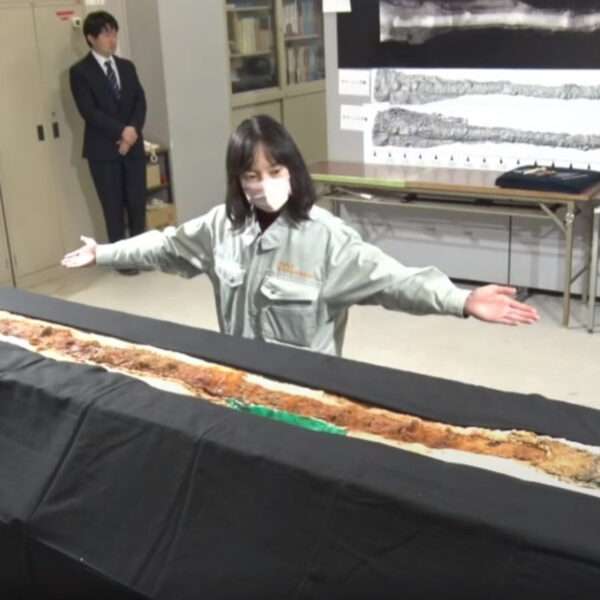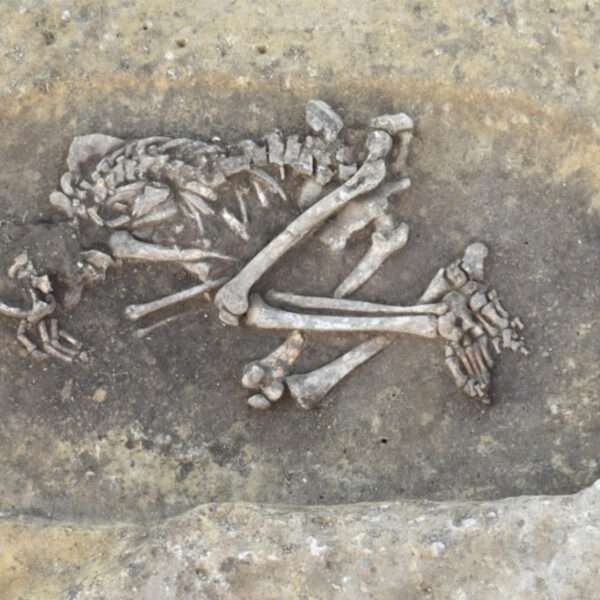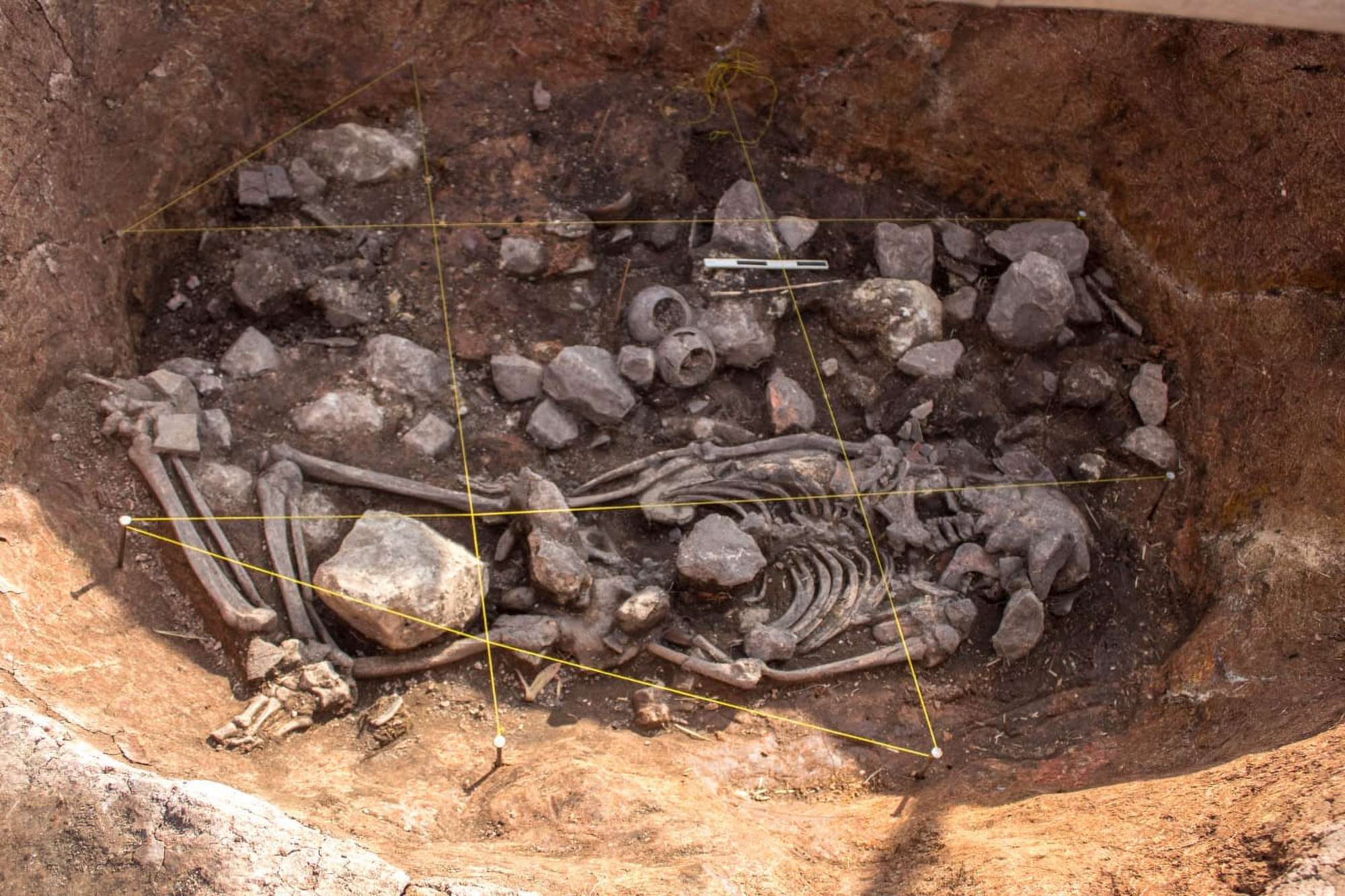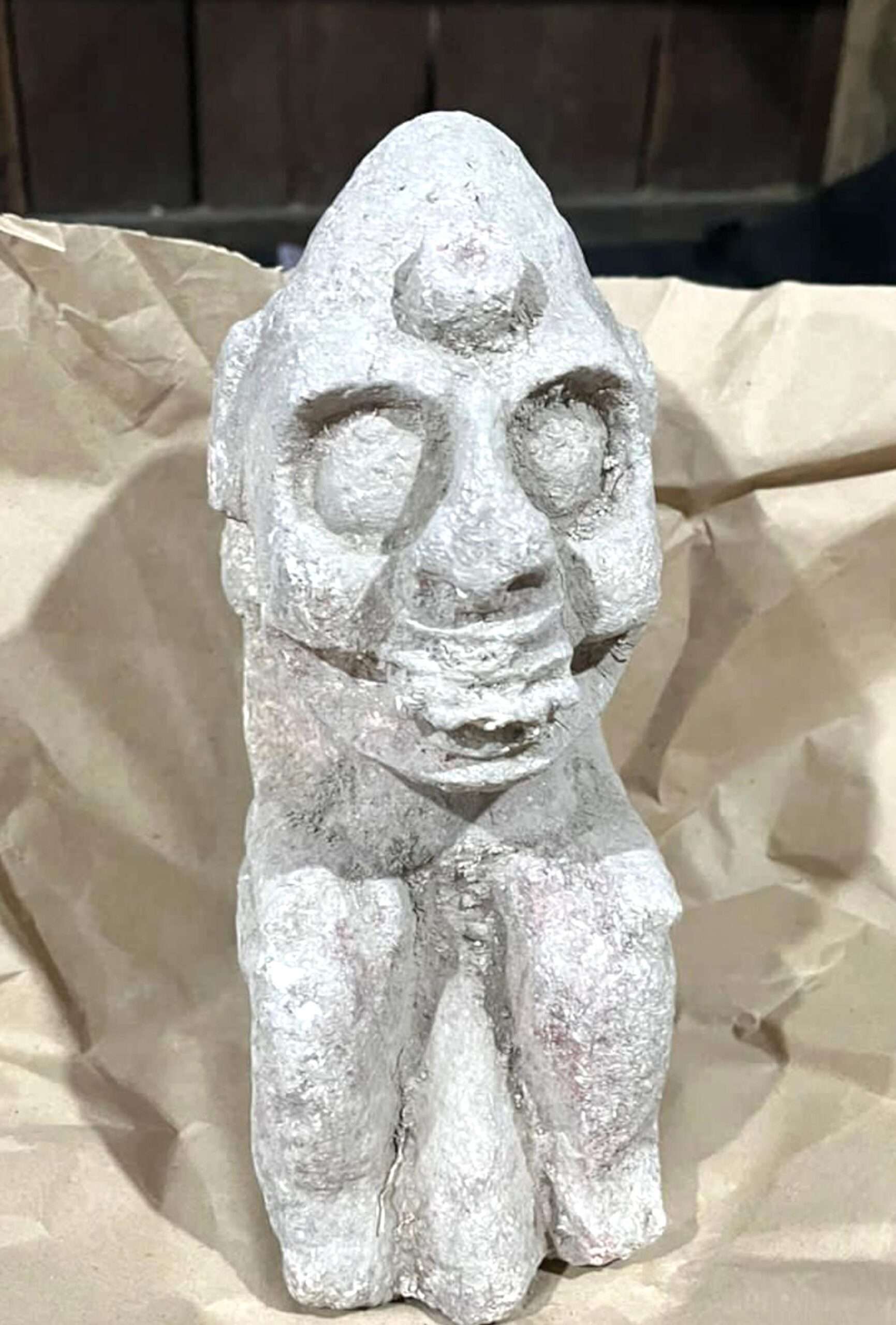An ancient Roman mansion abandoned more than 2,000 years ago has been unearthed with an astonishing mosaic of what appears to be an ancient sea god.

Archaeologists in Italy described the find in Trevi, Umbria, in what was once a noble family’s palace as “discoveries of extraordinary scientific relevance”.
Part of the mansion – built in 2 AD – had already been excavated but the new finds of huge virtually intact mosaics have amazed experts.
One shows what appears to be a sea serpent with a man’s head and torso with a near-naked nymph riding on him.
Another – still only partially exposed – seems to show a hunter armed with a trident.
The palace was eventually abandoned 600 years after it was built, experts say.
A statement obtained by Newsflash from Perugia University – in charge of the excavation – says: “The last construction phase appears to be between the mid-2nd century and the beginning of the 3rd century AD.

“They have been brought back to light new environments such as a vestibule, tabernas, a large atrium equipped with a mosaic floor and small cubicula, paved in cocciopesto (Roman concrete) in perfect condition, which show an interesting process of reconversion of use, when the domus, in the late antique age, lost its original function.”
A spokesperson for the university concluded: “Once again the archaeological investigations conducted at the Pietrarossa Site have yielded discoveries of extraordinary scientific relevance.
“There is no doubt that the site proves to be an exceptional ‘model’ for understanding the settlement dynamics that affected the Umbrian Valley over the centuries.”

